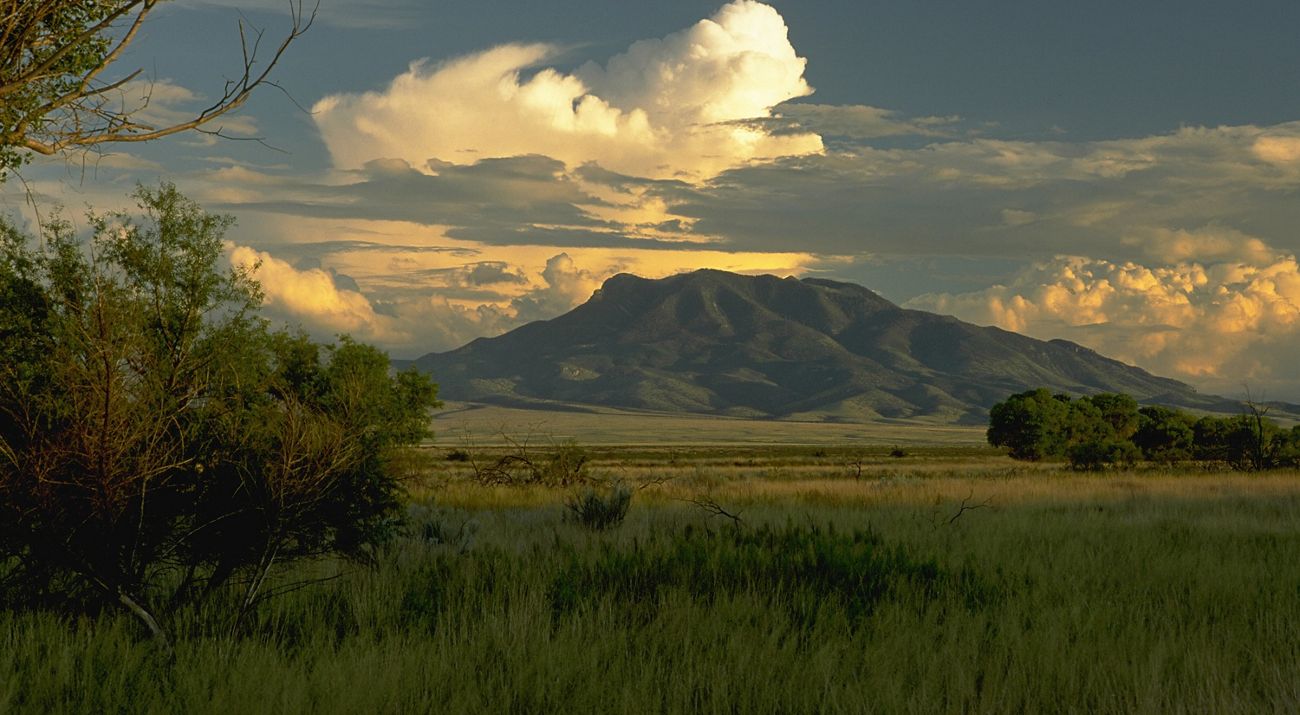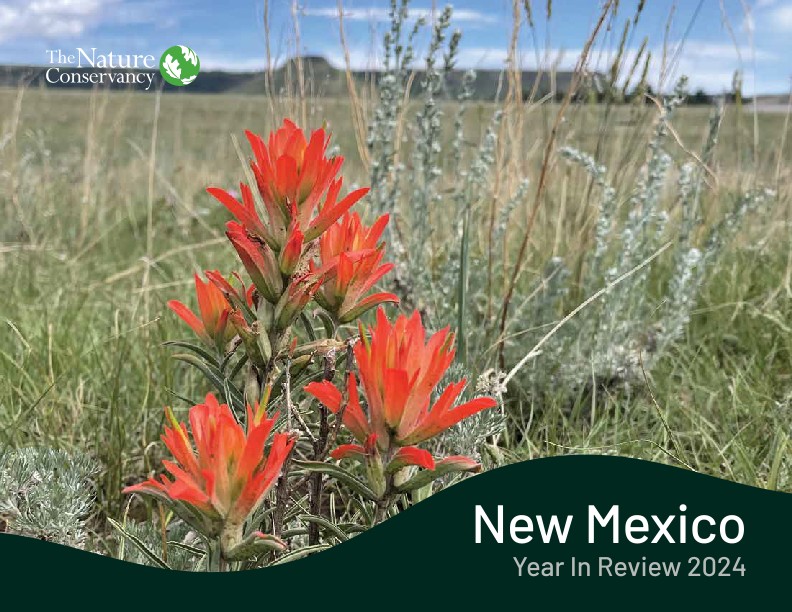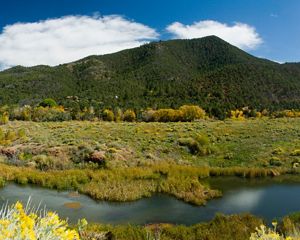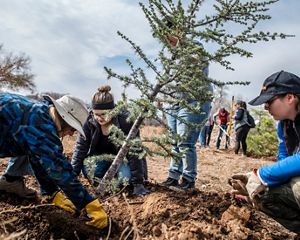Keep in Touch!
Sign up to receive monthly conservation news and updates from New Mexico.
New Magazine Story
A River Runs Through Us
The Colorado River cuts through landscapes that are as rugged and diverse as their inhabitants. Now, in the face of historic drought, its people are coming together to tell a different story.
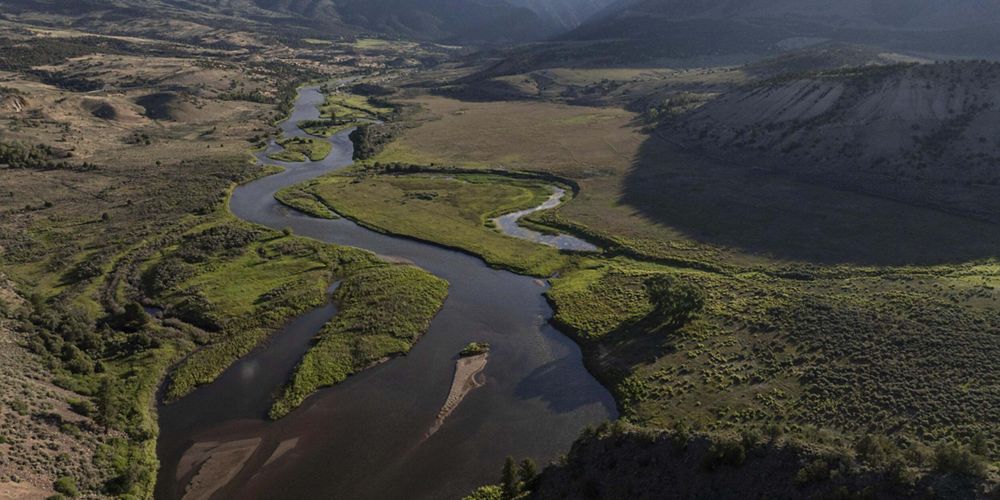
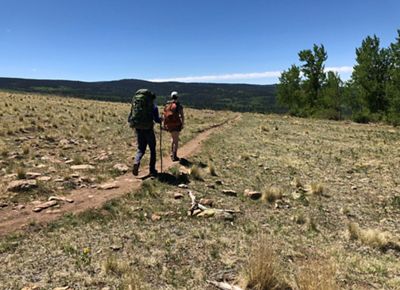
See the Places We Protect in Your Community
The Nature Conservancy is working across New Mexico to protect wildlife, rivers, lakes, and wetlands for people and nature.

Nature Is Common Ground—and Common Sense
The Nature Conservancy remains committed to creating a world where everyone thrives alongside nature for generations to come, protecting and preserving nature.
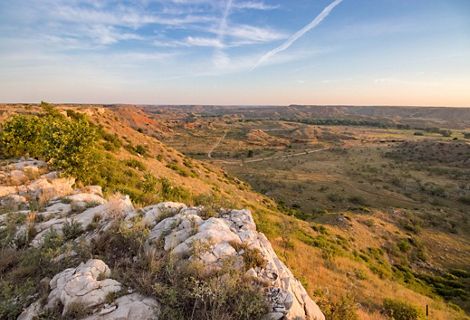
Southern High Plains
Across five states and 71 million acres, TNC is conserving the lands and waters of this region to boost climate resilience, preserve biodiversity and support sustainable agricultural communities.

Field of Dreams
Discover how TNC is working with ranchers and farmers to test crops that have the potential to deliver economic returns, withstand drought, use less water and offer hope for the Colorado River.
Conservation Highlight
Download
Discover this year's accomplishments, our most groundbreaking projects and work with key partners.
DOWNLOADMake a Difference in New Mexico
For more than 40 years, people like you have helped The Nature Conservancy protect more than 1.5 million acres of New Mexico’s forests, rivers and grasslands. We’re building on a conservation legacy to help solve today’s biggest conservation challenges from climate change and habitat loss to protecting clean water. Together we’re stronger!
